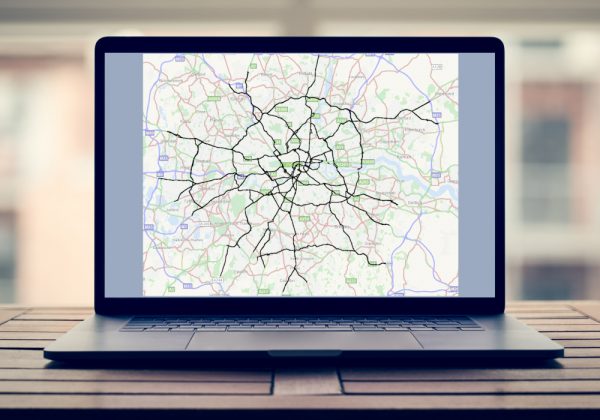Paragon has released the latest version of its routing and scheduling software. Enhancements in Version 6.15 are designed to help Paragon customers to further streamline the transport planning process; make use of data detailing actual hours worked to maximise driver utilisation; and gain added visibility of vehicle and driver performance.
Firstly, a new zone editor tool allows geographic zones to be created and stored within Paragon’s routing and scheduling software to help manage the increasing complexity of urban transport distribution plans. It allows transport planners to automatically factor in geographic restrictions ranging from Local Authority regulations to subcontractor-specific data. The tool includes pre-configured zones for London’s Congestion Charge, Ultra Low Emission Zones (ULEZ), the London Lorry Control Scheme (LLCS) and all red routes to support urban deliveries within the capital.
There has been a further improvement to the resource management functionality, which was introduced last year to help fleet managers better manage the utilisation of available drivers. Paragon users that have already integrated a telematics system with their routing and scheduling software will now be able to automatically import and store resource usage data, such as drivers’ worked hours, into the resource management functionality. Factoring in actual driver hours worked into the planning process means that planners can ensure that schedules remain accurate and achievable, while adhering to EU drivers’ hours and tachograph rules.
Other developments across Paragon’s suite of Paragon Live software modules include a new Route Execution interface with Geotab’s telematics system. This brings the number of leading vehicle tracking solutions now interfacing with Paragon to more than 40, helping logistics operations to use real-time vehicle data to improve the execution of transport plans, reduce costs and increase customer service.
William Salter, Managing Director of Paragon Software Systems commented: “We are focused on solving the real-world problems that transport operators face every day. As more and more cities battle poor air quality with low emission zones, transport planning becomes more complex, so our routing and scheduling software needs to continually develop to reflect this. The introduction of the zone editor tool and enhancements to our resource management functionality will allow transport operators to manage this continuous complexity, while adhering to regulation and keeping resource costs to a minimum.”


